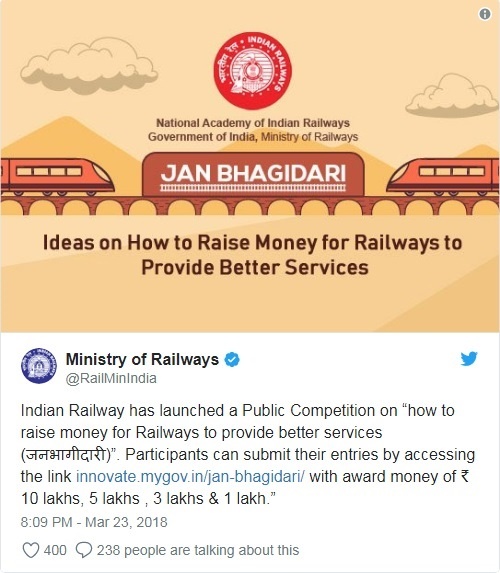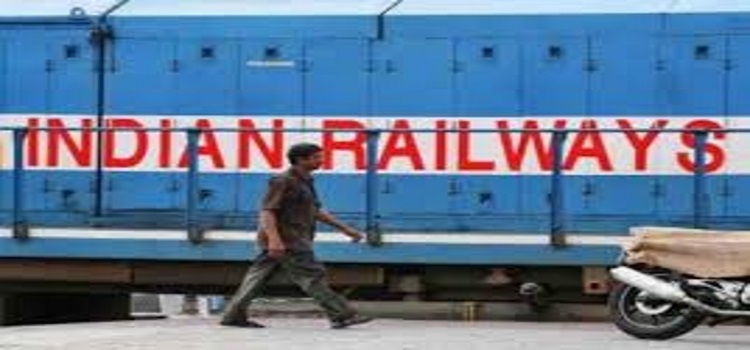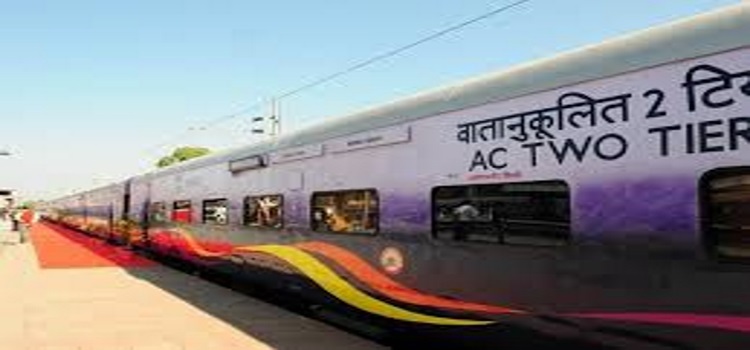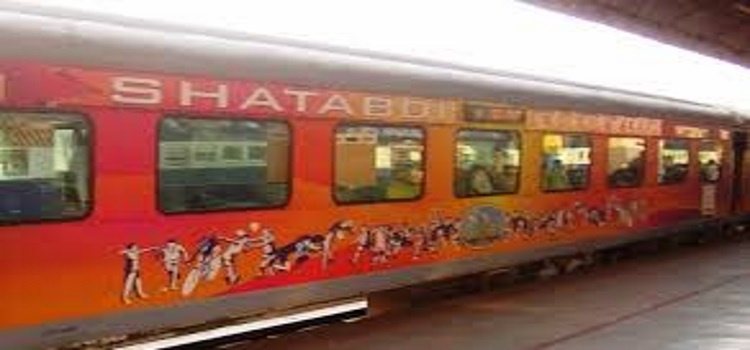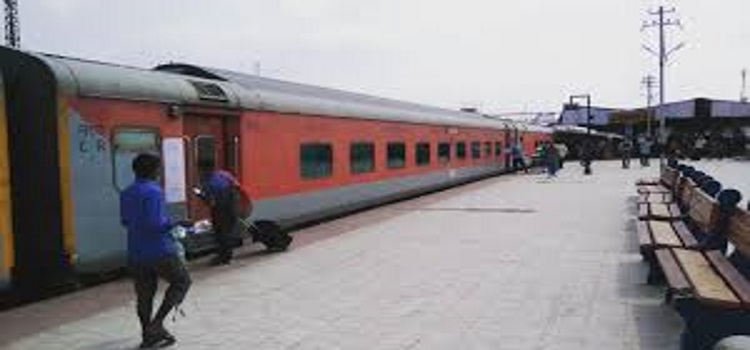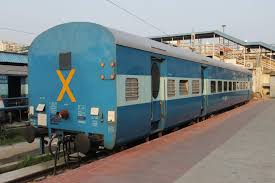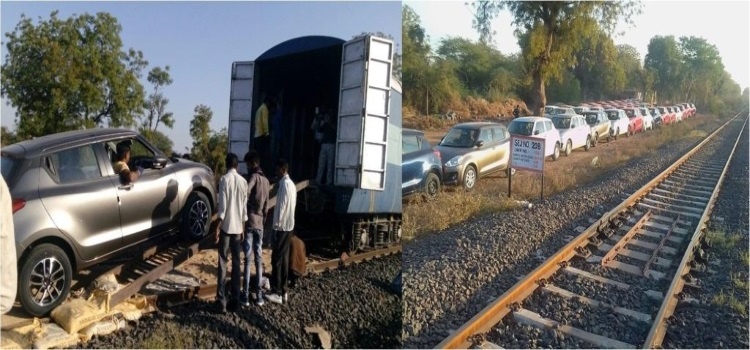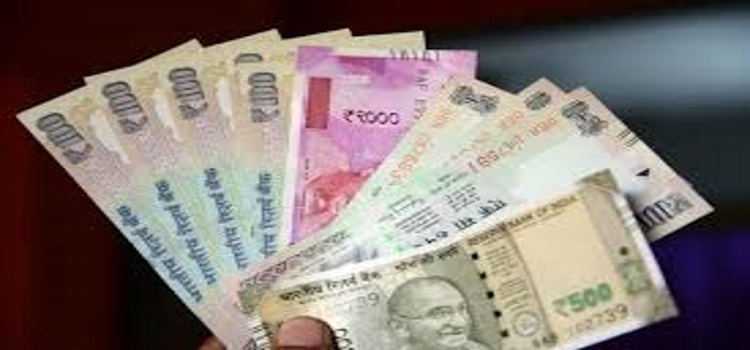
The government is likely to extend sovereign guarantee to the bonds issued by the Indian Railways Finance Corporation (IRFC), making it easier for the financial arm of Indian Railways to borrow desired funds from the Life Insurance Corporation of India (LIC).
“We are in talks with the finance ministry. The outcome is likely to be positive. The sovereign guarantee will help us raise desired funds from LIC through bonds,” said SK Pattanayak, Managing Director, IRFC.
“We were to raise Rs 30,000 crore annually as the investment demand from the railways was also high but couldn’t since both the Insurance Regulatory and Development Authority of India (IRDA) and LIC sought a sovereign guarantee,” he said.
Indian Railways had signed a memorandum of understanding in March 2015 with the state-run insurer to seek Rs 1.5 lakh crore over a period of five years through bonds issued by the IRFC.
The IRDA in turn sought an explicit government guarantee for the bonds because it wanted to ringfence the funds that belonged to lakhs of insurers. The insurance regulator also sought special status for the bonds.
Against the target of raising Rs 30,000 crore annually from the LIC, in the past three years the IRFC has been able to raise only Rs 16,500 crore. In November last year, the finance ministry issued an order saying that the IRFC bonds could be treated as approved security for investment above the exposure limits.
The proposed Rs 30,000 crore a year investment would increase the LIC’s exposure to more than 25% of the IRFC’s net worth, well above the limit the insurer is allowed in any company involved in infrastructure.
It did not offer any government guarantee on the bonds but said the bonds were covered by Section 2(3) of the Insurance Act, under which the repayment is charged on the revenue of the railways ministry.
“Even after that the matter couldn’t be resolved as the IRDA insisted on sovereign guarantee. We are hoping to raise Rs 26,400 crore from LIC in the next fiscal after the government guarantee is received,” Pattanayak said.
If the LIC were to invest in the bonds, the cost of borrowing would reduce for the railways. The LIC funding is for a period of 30 years, with a five year moratorium on interest and loan repayment, and the rate would be linked to the 10-year benchmark (G-Sec yield) plus 10 basis points (0.1 percentage points).
“We have also requested the finance ministry not to levy any fee for granting the sovereign guarantee status as it would increase our borrowing costs,” the IRFC MD said.
The national transporter has planned its highest ever capacity expansion programme for the next financial year, with a total investment nearing Rs 1.5 lakh crore, of which around Rs 50,000 crore would come through extra budgetary resources including market borrowings and LIC funding.
Traditionally, the IRFC has been sourcing low-cost finances for railways. The funds raised by the corporation are used to acquire rolling stock and funding projects. The assets are owned by the IRFC but leased to the railways for a fixed fee

